16 Dec Damyanti Radheshwar


“Particularly impactful in my work, the mission-driven methodology enlists the client as a full participant, ensuring that everyone understands the iterative process of design and underlying intentions and contributes to the project’s realization.”
Advancing the architectural practice by creating problem-solving methodologies, sharing, consensus-building, mentoring – I realize projects that underscore my belief in the centrality of design and the power of architecture to effect change in the public and private realm.
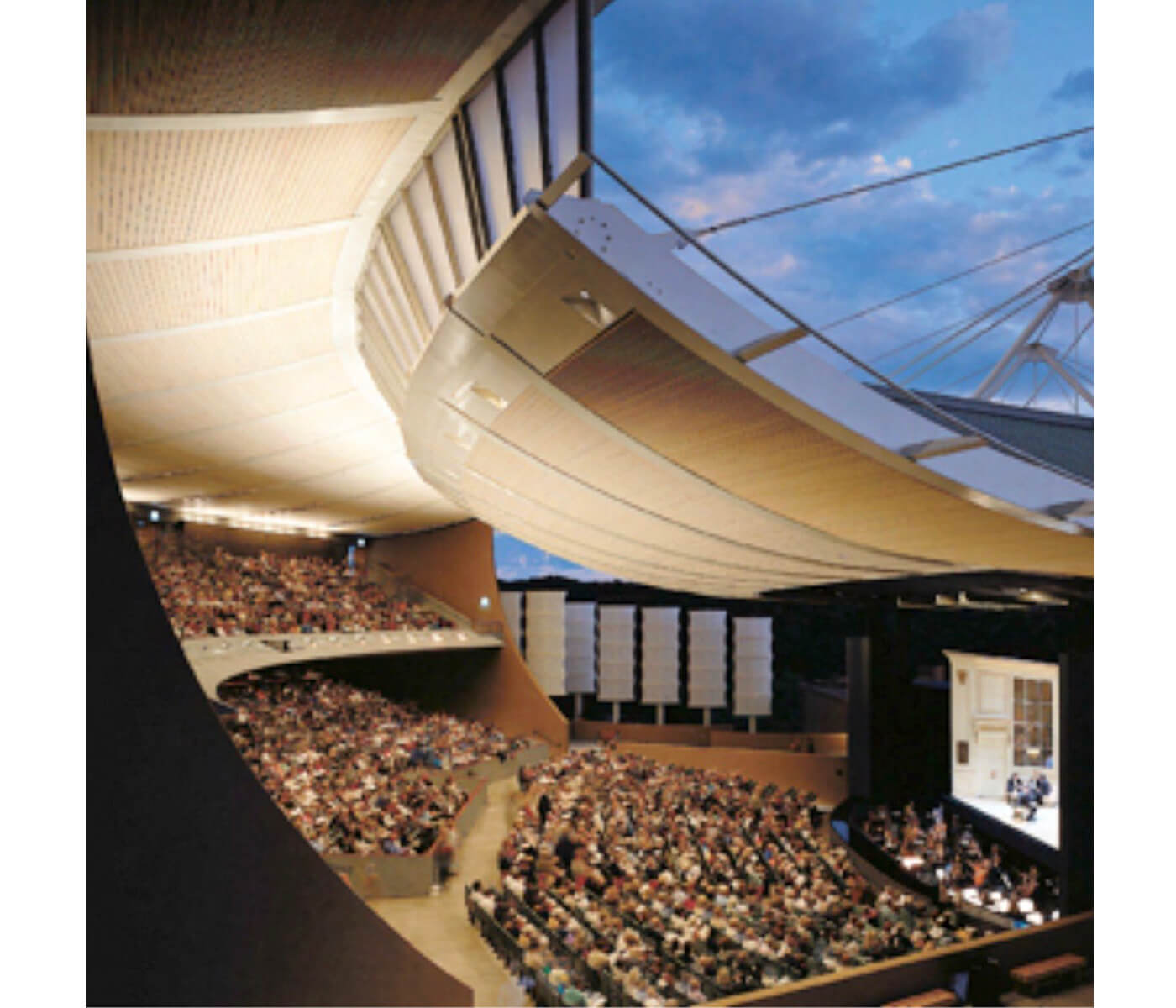
From organizing project teams and managing the design process to meticulously coordinating the documents and implementing the design to educating the public and advocating for a sustainable future have been core of my professional work on complex institutional buildings across a range of typologies.
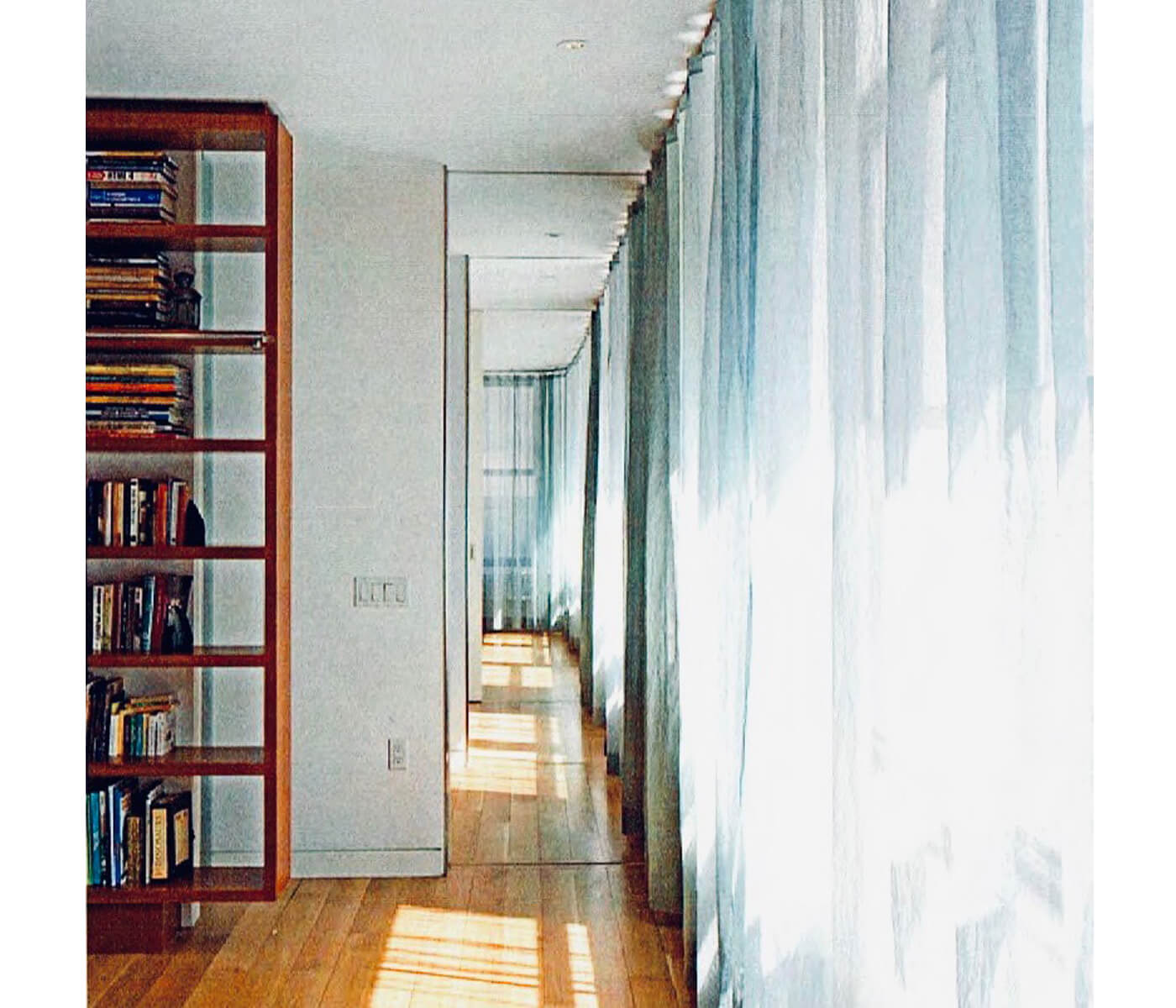
Award-winning projects such as Center for the Arts Theater, Santa Fe Opera, National Museum of American Indian – a Smithsonian museum, The Schermerhorn, and the Public Theater demonstrate my belief that fully understanding and analyzing constraints and bridging polarizing interests play an important part in the quality of design and the enthusiastic acceptance of a building.
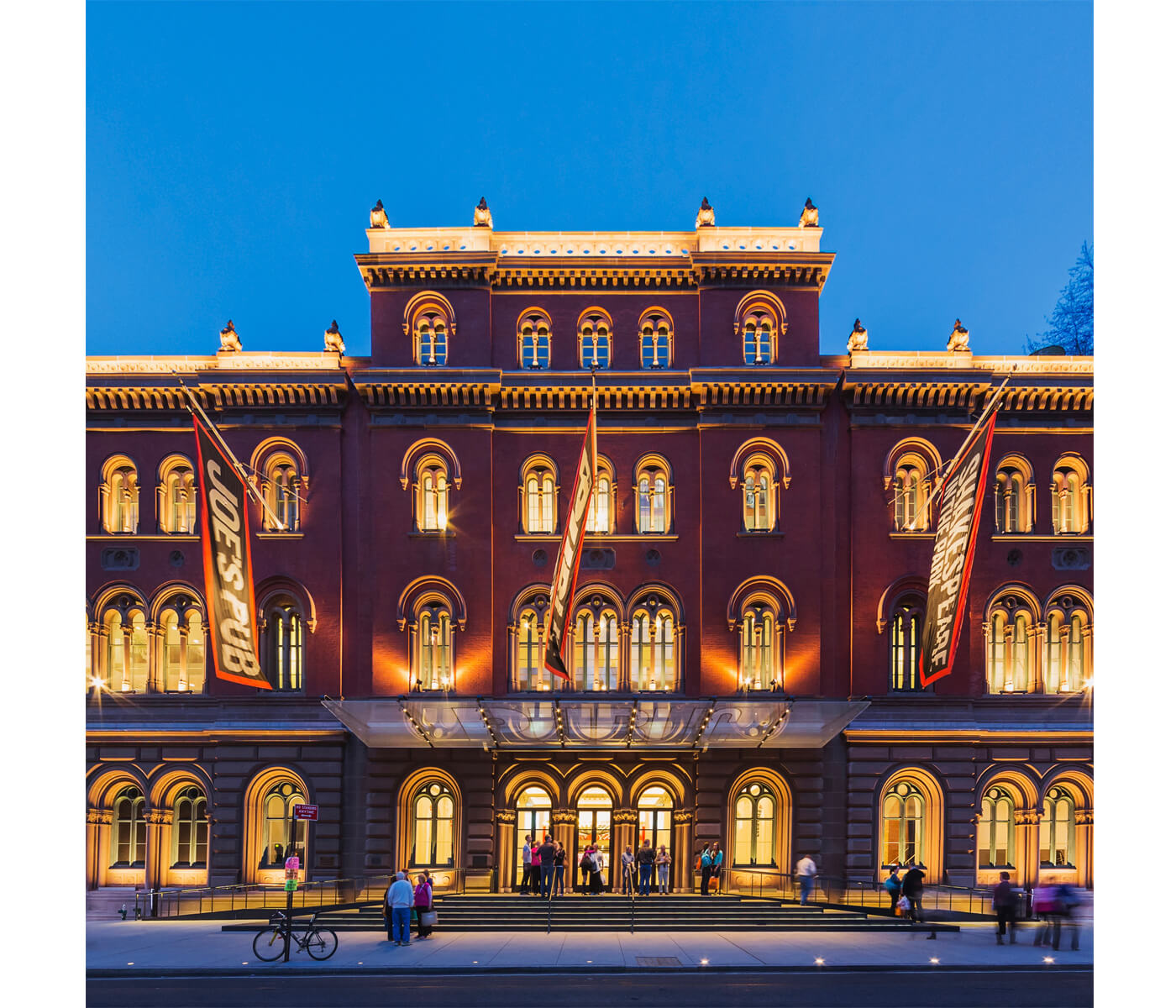
Particularly impactful in my work, the mission-driven methodology enlists the client as a full participant, ensuring that everyone understands the iterative process of design and underlying intentions and contributes to the project’s realization. For me, a building’s success is measured not simply by awards won or articles published – but most importantly, by its humanistic power, its serving as a framework for interaction by facilitating and enhancing users’ activities. All these projects exposed me to the strength of empirical analysis. I realized, designing is a deep understanding of, how we live and what are our requirements.
“Planning of these projects considers the social cohesion, economic impact, environmental, and health issues in the communities. Resiliency, adaptation, economic considerations, and funding viability are at the core of all the projects presented.”
At the intersection of Architecture and Urbanism, finding the opportunities for engagement between architecture and nature, architecture and the public right of ways, investigating the infrastructure, advancing strategies for resilient and sustainable developments has been my present occupation. Planning of these projects considers the social cohesion, economic impact, environmental, and health issues in the communities. Resiliency, adaptation, economic considerations, and funding viability are at the core of all the projects presented.
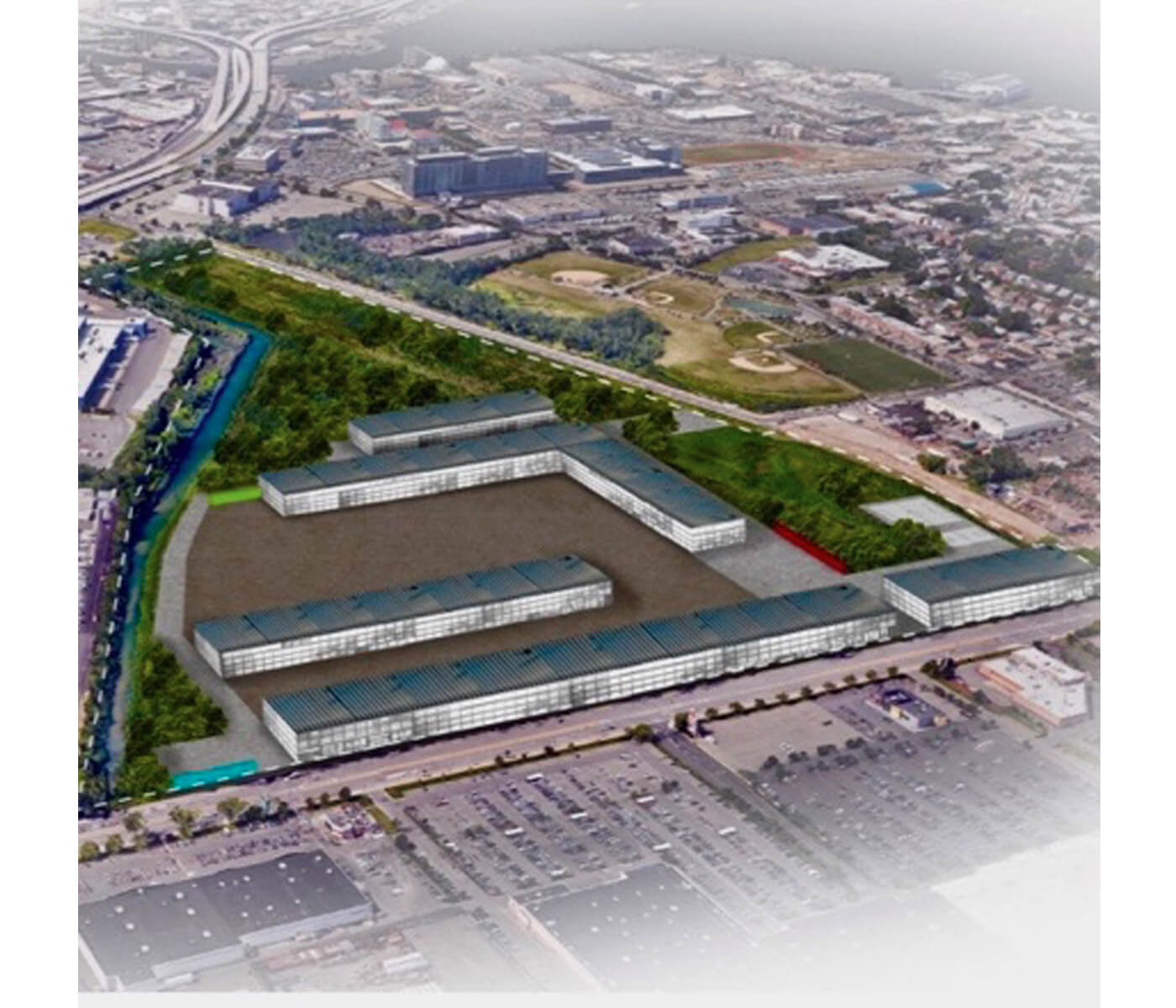
Panorama of Possibilities – Queens: Relocation of Willets Point – Auto Businesses From an “Industrial Slum” to Proposed Site at Flushing Airport Site in College Point, Queens Many small auto-wrecking, auto-parts recycling, and repair shops have existed in Willets Points area for over 4 Decades. In 2008 the planning for “New York City’s Next Great Neighborhood,” a new mixed-use development, at Willets Point disrupted this cluster of businesses. New York City has not adequately addressed the future of these small businesses and workers. A New Regional Automotive Center at the relocation site can be promoted as an innovation hub for new technologies in auto wrecking and recycling, with vocational training, community workshops, and an environmental center.
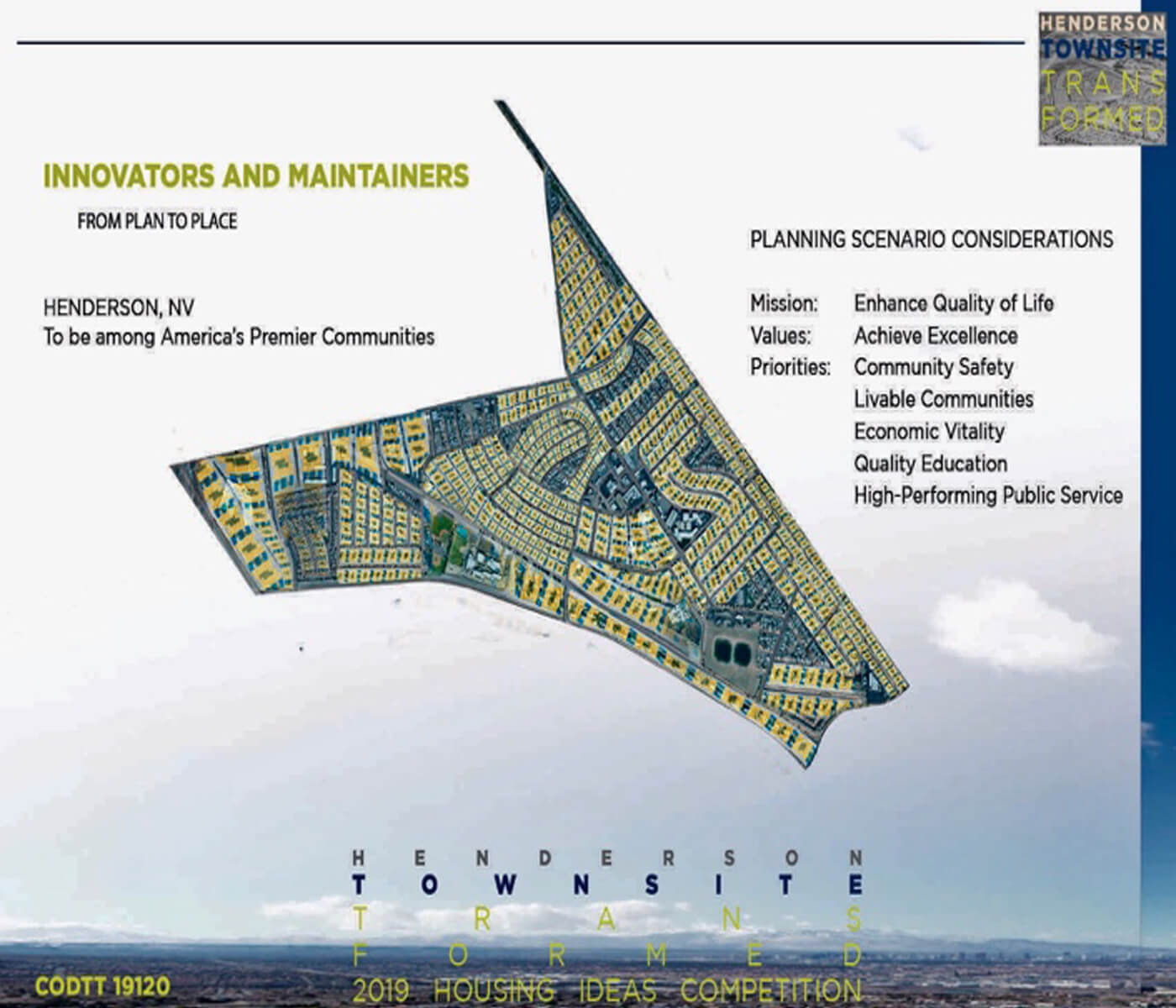
The Urban Development at Sunnyside Rail Yard, a mix use project with the potential of 15,000 new apartment units, is a planning study for a new community to be built over the existing rail yards. The proposed plan can offer economic benefits to the Metropolitan New York realized from the Regional Urban Network (RUN) Inter-Modal Transportation Connectivity in Greater New York, as proposed by Rethink NYC Studio.
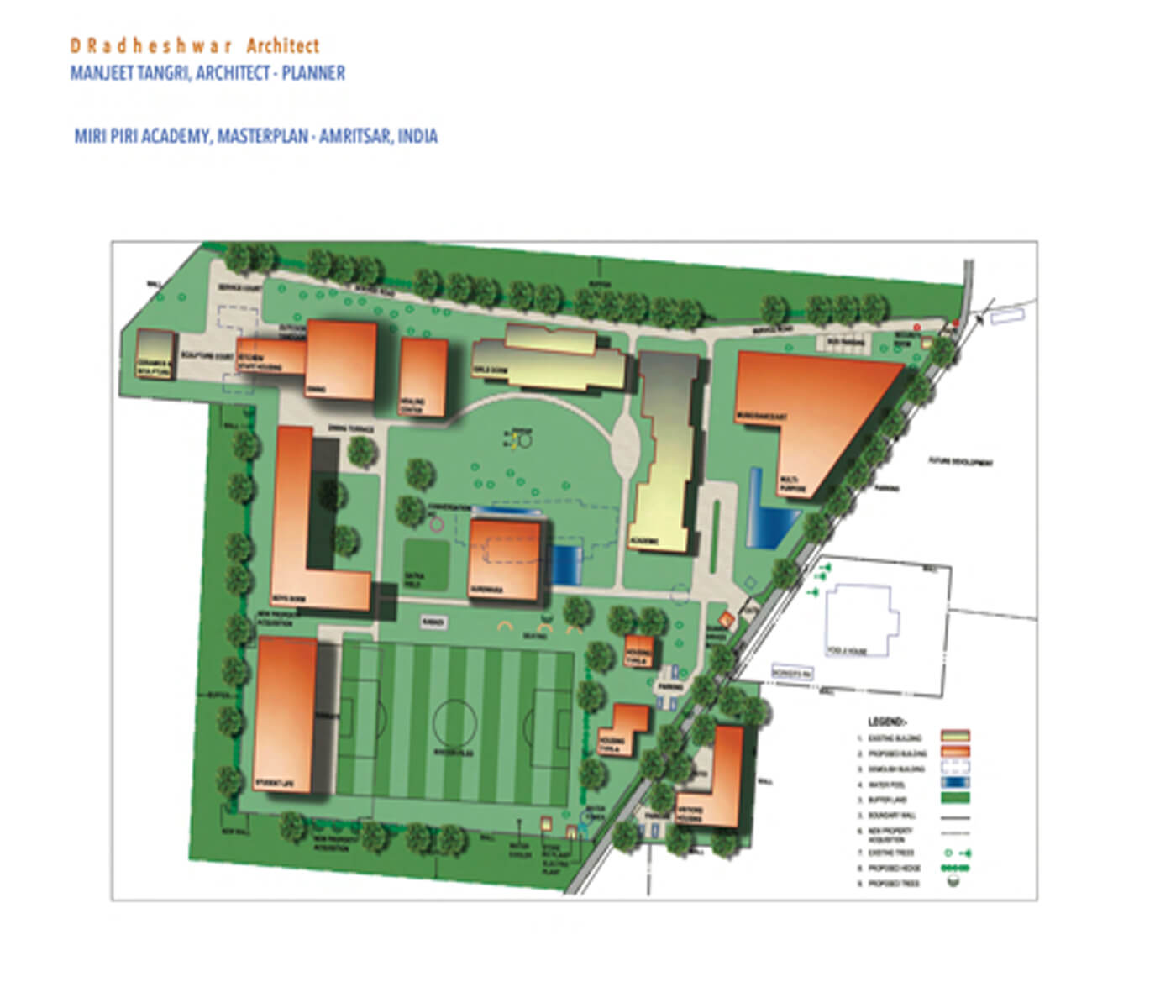
Innovators to Maintainers, From Plan to Place – Rejuvenation of the old historic Townsite development, Henderson, Nevada, to become among America’s premier communities, achieve excellence, economic vitality, and sustainability, balancing preservation with development.
“As a child, growing up in Bombay, my memories of flooding, take me far back to 1955, wading through the flooded streets as school closed early, and the school bus could not ply. The flood challenges continue to be overwhelming and unmanageable.”
Strategic Level Challenge – Climate Crisis in Mumbai Every year monsoons bring flooding havoc in Mumbai, disrupting life in the city for days at a time, causing loss of life, damaging structures, impacting services, and bringing misery. As a child, growing up in Bombay, my memories of flooding, take me far back to 1955, wading through the flooded streets as school closed early, and the school bus could not ply.
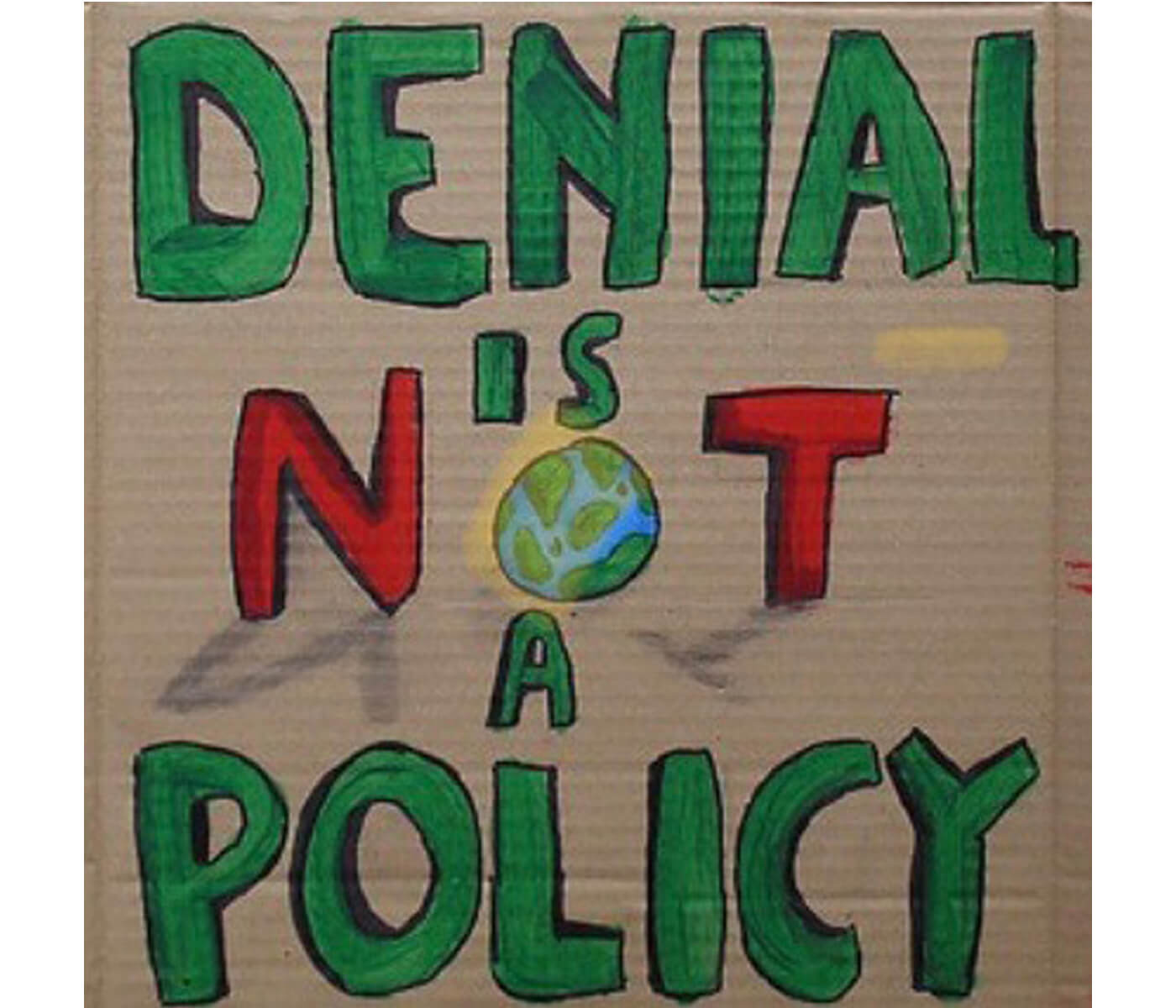
The flood challenges continue to be overwhelming and unmanageable. The effect on the economy, and the human toll are enormous. Rebuilding is difficult if at all done. The climate challenges, global warming, and the projected sea-level rise will obliterate large areas of the city that is built on Seven Islands and the reclaimed lands- surrounded by water. Analysis of Risk, Resilience, and Retreat must be addressed in the Mumbai Development Plans.
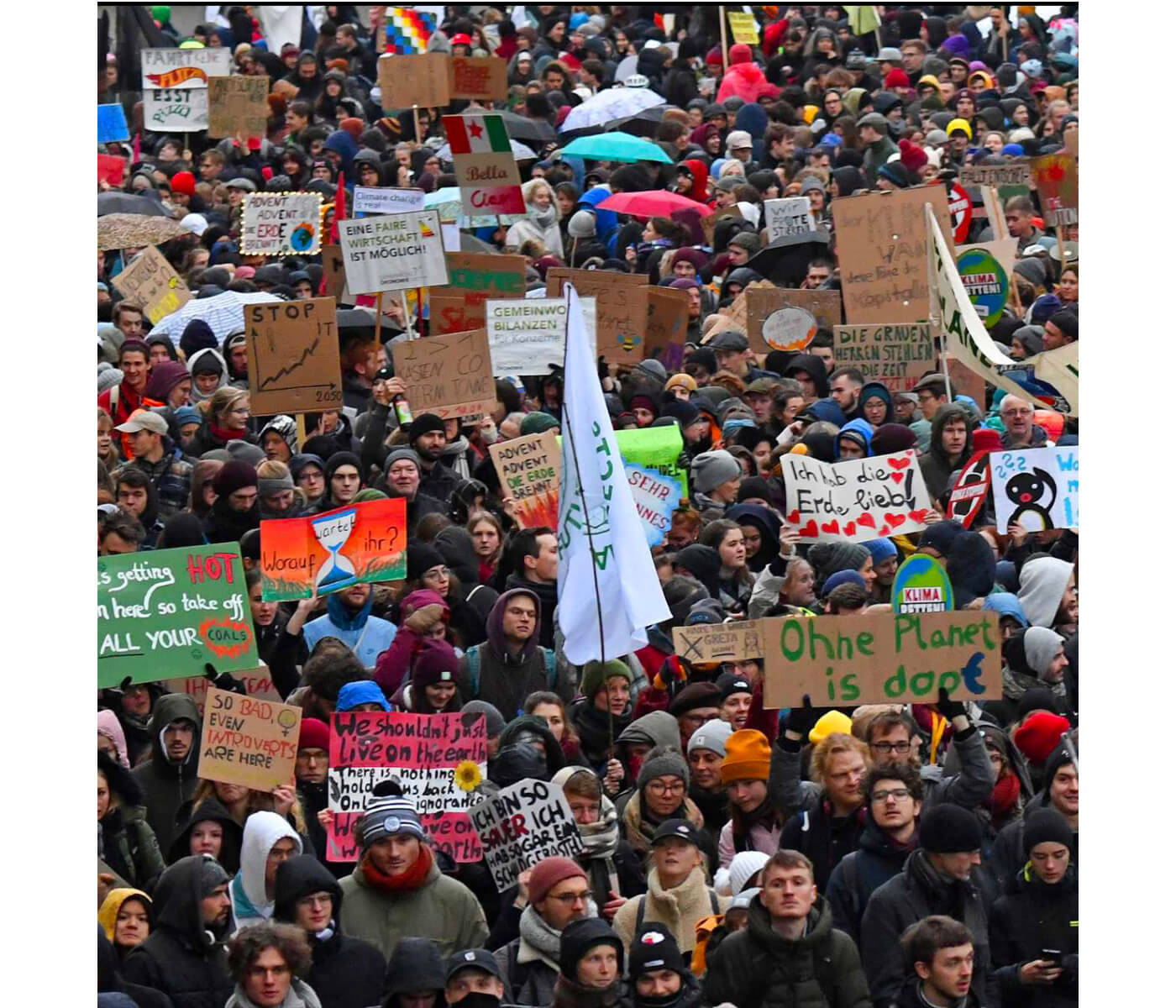
Advocacy, Activism, and Actionable Idealism India’s youth want Cleaner Air, Better Infrastructure, Education and Economic Opportunities. UK’s students are walking out of schools, “There is NO PLANET B.” The global climate protests ahead COP25 Climate Conference in Madrid-asking “Where is my HOME?”. In Rome, protesters are carrying banners, “Mama Just Killed the Earth-Put the Plastic in the Seas-Now The Glaciers Are Melting.”
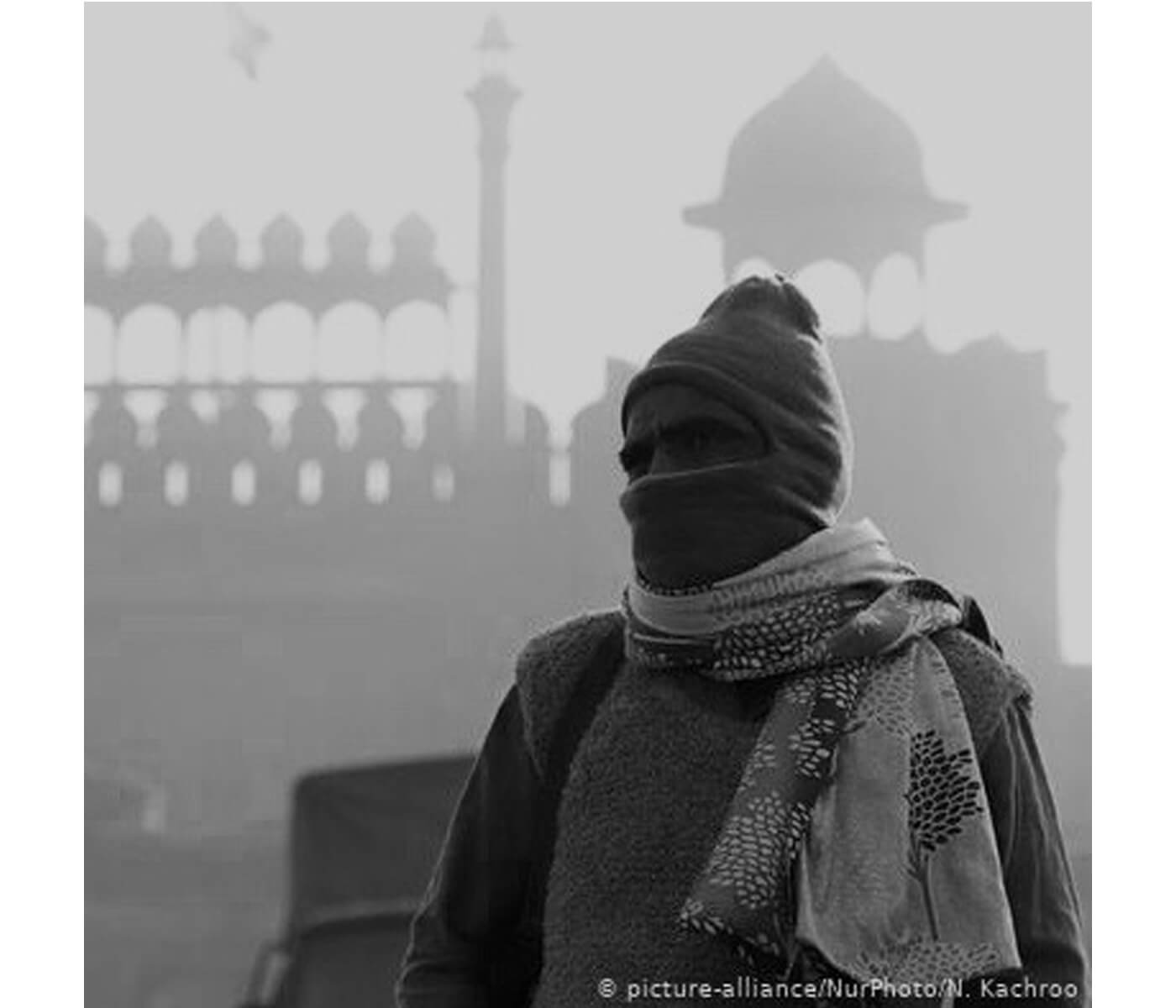
Policies to Manage Climate Change Ethical Consumption and Waste – a Paradigm Shift in Planning and Design – Clean Energy – Zero Carbon Environmental Humanism – Address Inequality Engage Private Sector to step up for green and resilience technologies More Leadership is needed “The world’s climate goals are not sufficient. They are also unlikely to be met.” – The Economist
Damyanti Radheshwar
DESIGN FIELD
Architecture, Urban Design and Strategy
LOCATION
USA
STUDIO NAME
“D Radheshwar Architect + Urban Planner and Strategist”
ABOUT
“As an architect and urbanist, the conviction that urban planning and architecture must work for the betterment of communities has been the foundation of my professional life. Investigations in architecture and urbanism and research into the physical, environmental, socio—economic, and cultural circumstances surrounding a project have been central to my process. My most notable works include cultural and institutional projects, public spaces, environmental studies and health impact, resiliency-reuse and sustainable solutions.”


